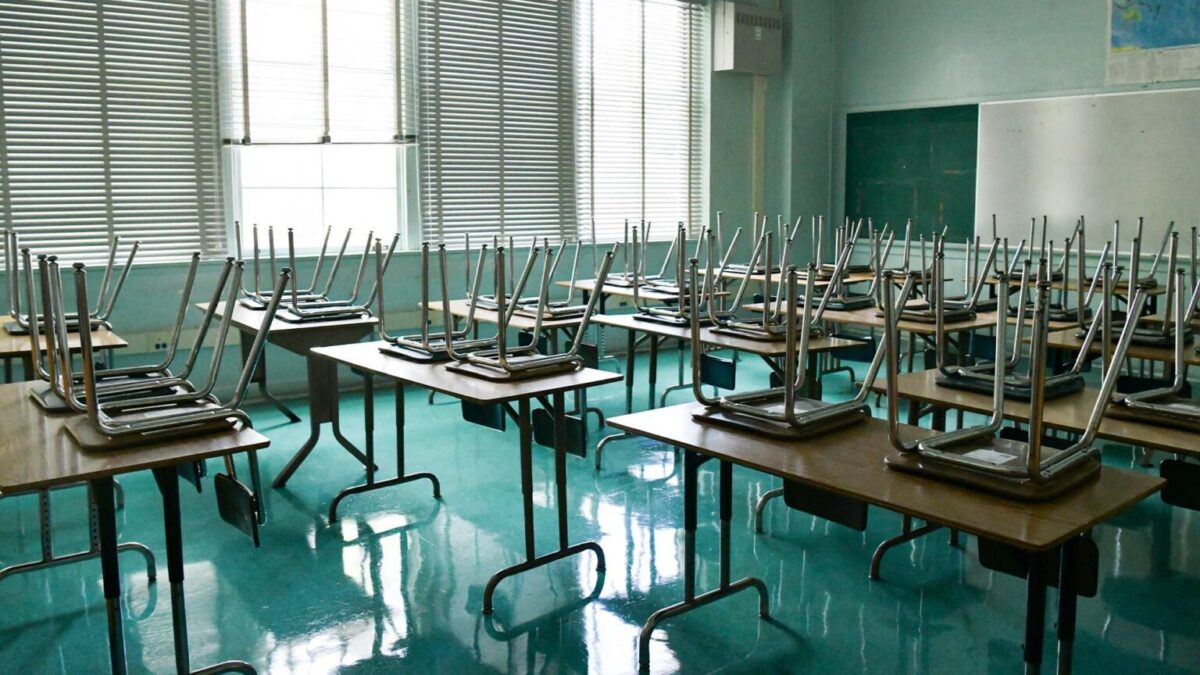Kelli Ballard
It has been four years since the Covid panic that disrupted so many lives. People lost jobs, businesses, and homes. We were not able to see loved ones in the hospital or even attend funerals. Everyone was masked up and told to isolate at home. The novel coronavirus upended lives across the globe, but what kind of impact did it have on our youth and the school closures that followed?
School Closures Might Not Have Been Necessary
Schools started closing in March 2020, but in August of that year, the National Library of Medicine said that the “Covid-19 pandemic has shown a markedly low proportion of cases among children.” Studies show that opening schools while keeping safety measures in place did not lead to a significant spread of the virus.
Dr Jeanne Noble, who directed the Covid response at UCSF Parnassus, told The New York Times: “Infectious disease leaders have generally agreed that school closures were not an important strategy in stemming the spread of Covid.”
Dr Sean O’Leary, a pediatric infectious disease specialist who helped write guidance for the American Academy of Pediatrics, admitted to the outlet: “There’s fairly good consensus that, in general, as a society, we probably kept kids out of school longer than we should have.”
The Cost of Remote Learning
The Nation’s Report Card tracked student performance across various subjects and found significant decreases in mathematics and reading scores among students age nine through 13. The Times conducted an analysis of state school closures, retrieving the data and results from the National Assessment of Educational Progress, which is an exam that was given to fourth and eighth grade students. It found that the longer students spent in remote learning, the more their test scores dropped. Test scores from spring 2023 demonstrated that students were still not caught up from the pandemic and school closures.
Schools started reopening at different times. Most Republican-led states opened their schools much earlier than Democrat-run states, but still many chose to use hybrid learning, a process by which children spent some time in-person with the teacher and the rest remote. This helped to improve the test scores, but “students that were offered a hybrid schedule (a few hours or days a week in person, with the rest online) did better, on average, than those in places where school was fully remote, but worse than those in places that had school fully in person,” The Times explained.
The Lost Generation
Some media outlets have dubbed the pandemic era children as “Generation C” or “The Lost Generation,” saying that they are “scarred for life,” as Sage Journals put it. While school closures for things like severe storms, power outages, and even teacher strikes aren’t uncommon, the effects can be harmful. During Covid shutdowns, more than 190 countries suspended classes, affecting more than 1.6 billion learners. On average in 2020, schools were closed for 79 instruction days, which is about half a school year in some countries. Furthermore, in high-income countries, schools were closed for 53 days while in lower to middle income areas, classes were canceled for 115 days. “In the United States, nearly all of the 55 million children in kindergarten through 12th grade were affected by school closures,” Sage Journals reported.
DE Marcotte and SW Hemelt wrote in Education Finance & Policy that five days of school closures in Maryland due to snow led to a three per cent lower reading and math achievement than in years with no school closures. And a teacher strike in Ontario, Canada, “led to a reduction of 29 per cent of a standard deviation in Grades three to six mathematics test scores.” Children in Argentina who experienced teacher strikes in primary schools, according to Sage Journals, were more likely to drop out of high school. They also had two per cent to three per cent lower earnings.
Low test scores were only one aspect of school closures; students suffered from various mental health issues, as well. “Higher rates of loneliness during Covid-19 pandemic were associated with higher depression symptoms among children and adolescents,” according to Sage Journals.
Physical health was also affected, as students became more sedentary. They spent more time on social media, which is also suspected to have led to increased anxiety and depression.
Now that the studies have been conducted and the evidence proves the school closures tended to be more harmful than beneficial, we can only hope that the lessons have been learned and, in this instance, history won’t repeat itself.

